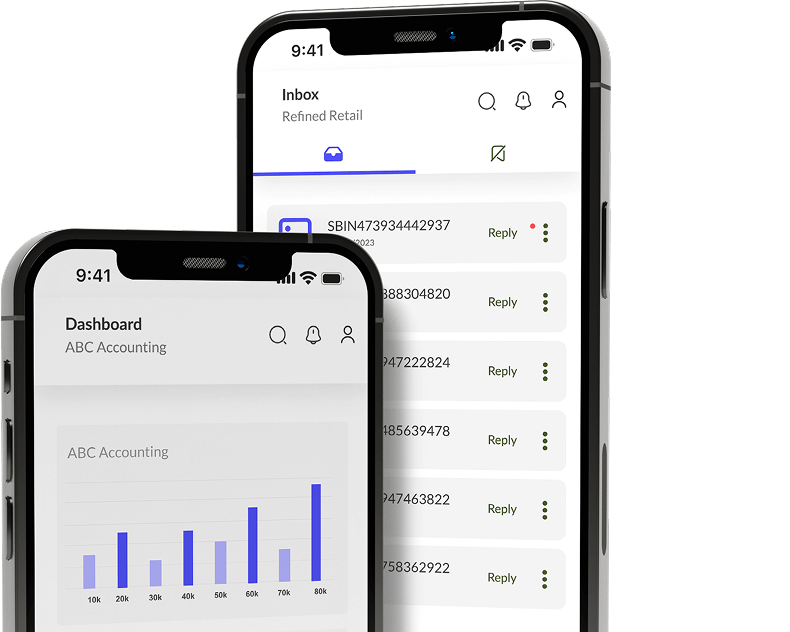Walk into any startup pitch or brand workshop and you’ll hear it.
“Our vision is to revolutionize the world through ‘whatever different we are doing.’” It sounds impressive, for sure. Until you realize most people, especially your customers, don’t care. YES, they DO NOT.
That’s not cynicism. It’s clarity. Because here’s what customers actually want to know from you and your brand:
Can you solve my problem?
Will this save me time or money?
Is this easier than what I’m doing now?
Can I trust it?
Your vision statement doesn’t answer any of those questions. And that’s the problem.
What Vision Statements Are Actually For
Let’s be clear: having a vision is not the issue. Companies need it. It helps align teams, attract the right people, and give long-term direction.
But the written vision statement, which in most cases is the polished line on your About page or pitch deck, is not a magic spell. It’s mostly internal branding. It’s for investors, not impulse buyers. It’s for your hiring page, not your landing page.
And there’s no strong data linking “well-written vision statements” to more customers or better retention.
Yep, we checked thoroughly.
There’s research showing that internal clarity of vision boosts employee performance and innovation. That’s great for teams. But for customers? It’s invisible unless it shows up in what they experience.
What Customers Really Care About
No one reads a vision statement and thinks, “Wow, now I trust this brand.” If that happened, there would be millions of million-dollar brands in the market.
What works instead:
Clear messaging: Say what you do in one sentence, no buzzwords.
Fast value: Show me how I benefit — now.
Proof: Reviews, demos, outcomes.
Ease: Fewer steps. Less stress.
This is what builds customer confidence. Not your 2030 moonshot.
Here are Some Real Brands That Get It Right
1. Canva
Their mission is “empowering the world to design.”
But what you feel as a user is:
No sign-up friction
Templates that work instantly
Zero design knowledge needed
They don’t start by telling you, their vision. They just help you do the thing. That’s why it works.
2. Notion
Notion talks about “toolmaking for thinking”, but when you land on their site, all you see is:
“One workspace. Every team.”
It’s direct, simple, and benefits-first. The vision is still there, but it’s in the background, powering the product rather than distracting from it.
3. Basecamp
They don’t try to be inspirational. They’re blunt on purpose.
Their homepage headline once read:
“Basecamp makes business better.”
You don’t need a manifesto to see their value. That’s the point.
So, Should You Ditch Your Vision?
Of course NOT! But you should stop expecting it to win customers.
Here’s what to do instead:
Write your vision for your team. Keep it tight and useful.
Explain your value to customers in clear, practical terms.
Don’t confuse aspiration with communication. One’s about where you’re going. The other is about helping people understand why they should come with you.
Food for Thought
A good vision can guide your company for years. But a good website, a good product, and a good sentence can win you a customer today.
And most of the time, that’s what matters. Agree or agree?




